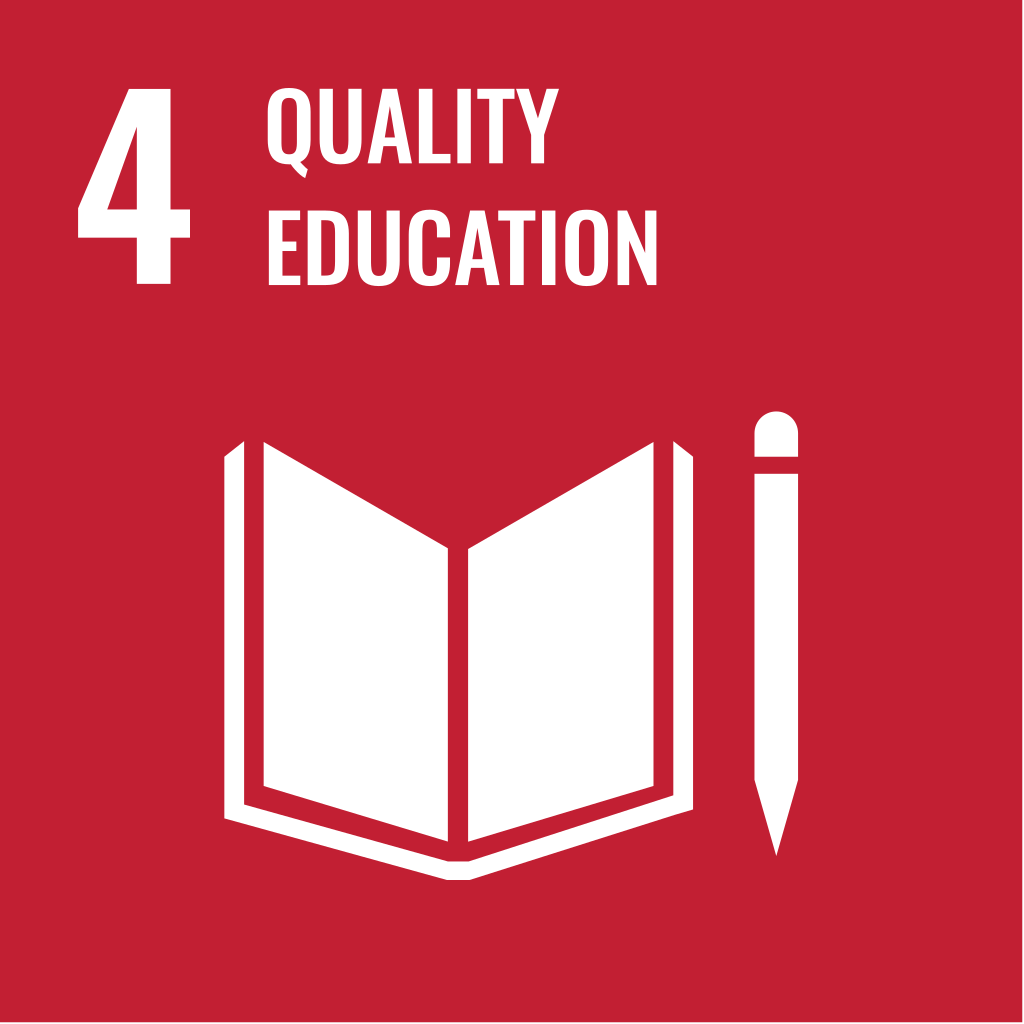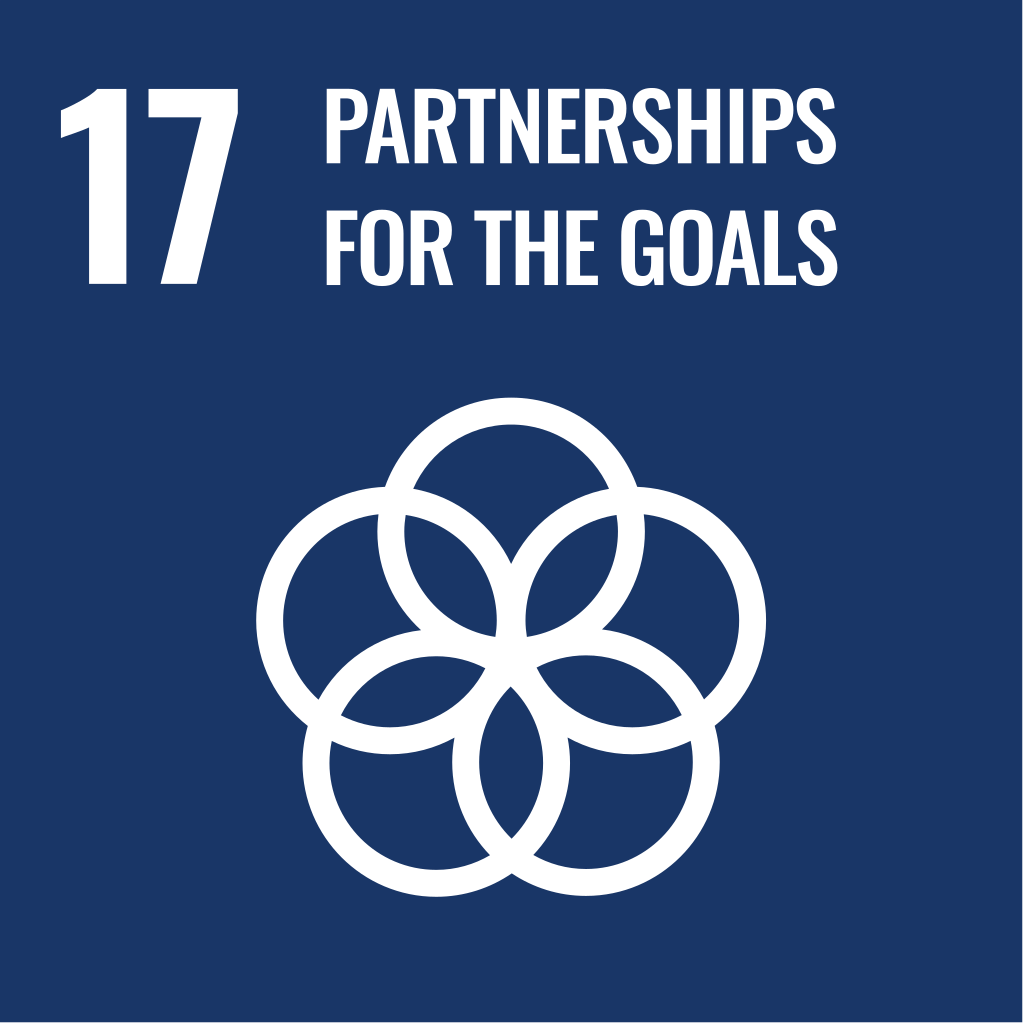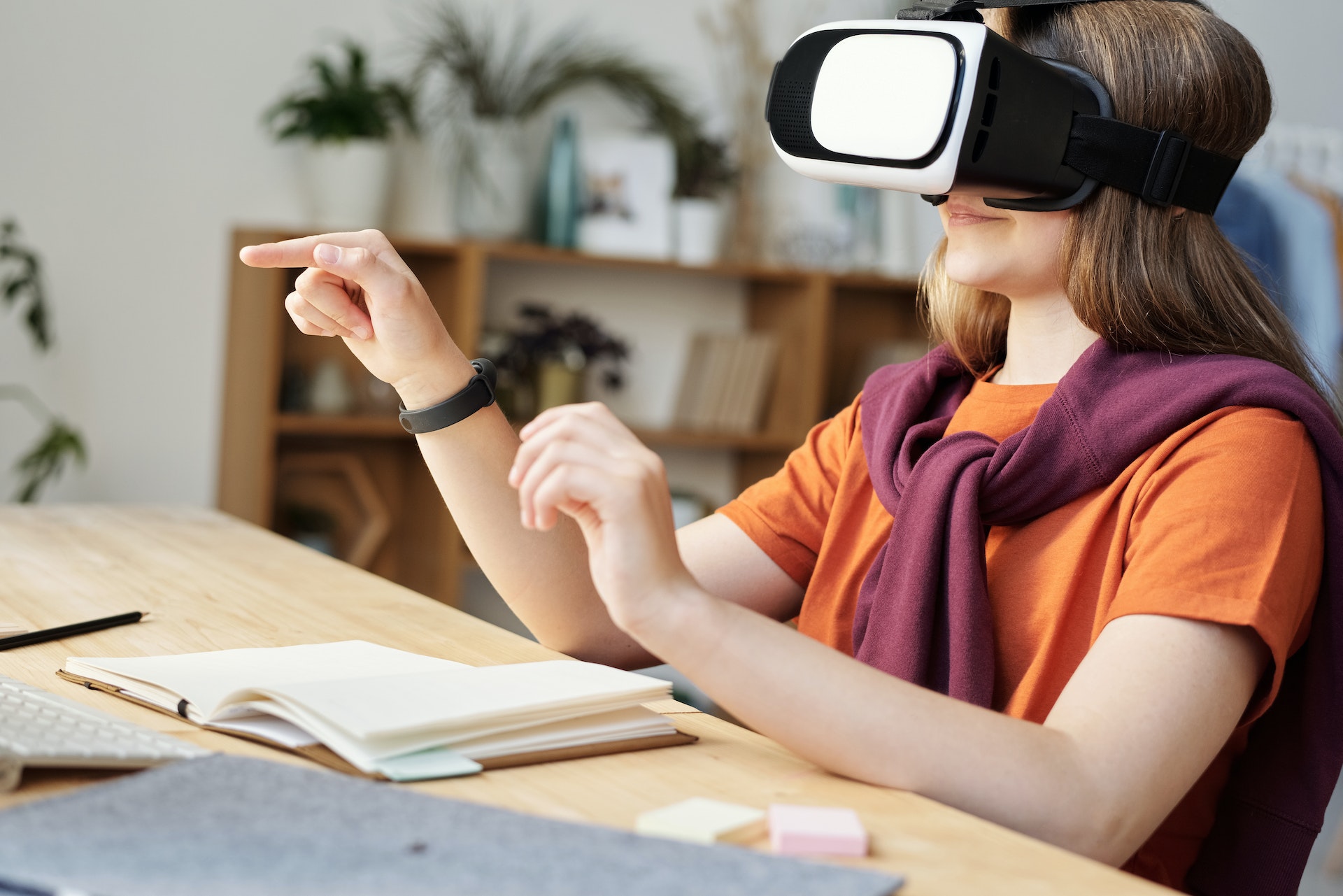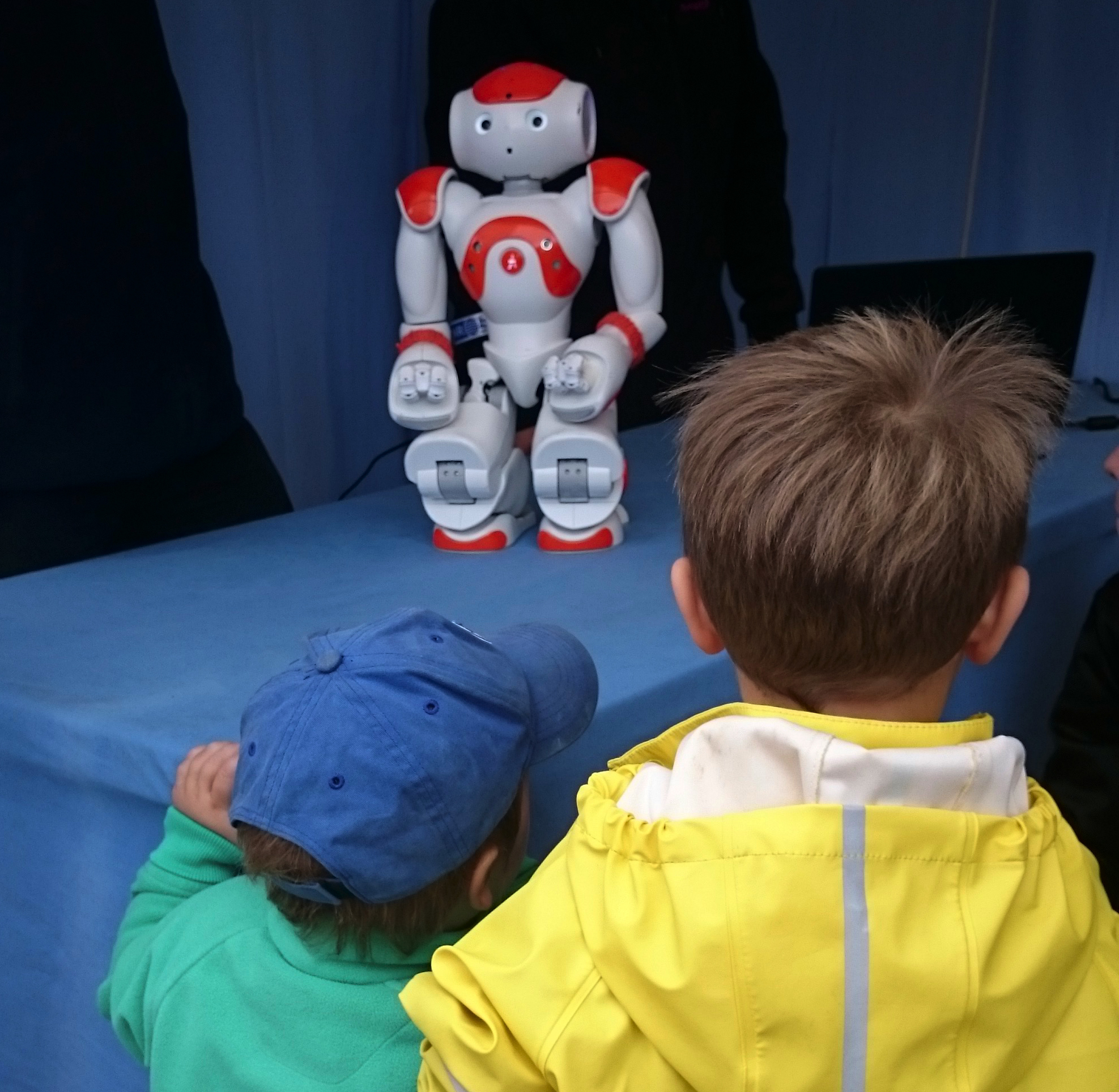Learning technology, e-learning and easy-to-read information
- Department Applied research in information and communication technology
- Fields involved Digital inclusion
At NR, we research various aspects of digital learning and develop e-learning tools to facilitate positive and effective learning experiences. While learning is often associated with formal education settings, such as schools, courses and seminars, it can also take place informally — through self-study, in museums and science centres, at the workplace, or during rehabilitation. Our primary focus is to ensure that digital teaching aids are universally designed and accessible to all users.

Accessible digital learning environments
Today, the digitalisation of learning brings distinct challenges. Digital teaching aids that are universally designed and accessible requires robust technical accessibility and optimal usability. We leverage our extensive experience in universal design of ICT and expertise in digital inclusion to identify key issues and propose effective solutions. Personalisation is central to the solutions we develop, which ensures learning tools that can be adapted to suit individual needs.
Innovative learning technologies
We explore innovative learning methods and technologies that extend beyond traditional approaches, including social robots, serious games, gamification, and microlearning. We also look at immersive experiences like augmented reality (AR), virtual reality (VR), mixed reality (MR), and extended reality (XR) to enhance learning.
Informal learning environments
We have significant experience with learning in museums and science centres. These environments present exciting opportunities to optimalise visitor engagement and learning outcomes through multimodal experiences that stimulate multiple senses at once, and interactive exhibits that encourage active participation. We also explore the benefits of shared learning experiences, such as group activities like games and competitions.
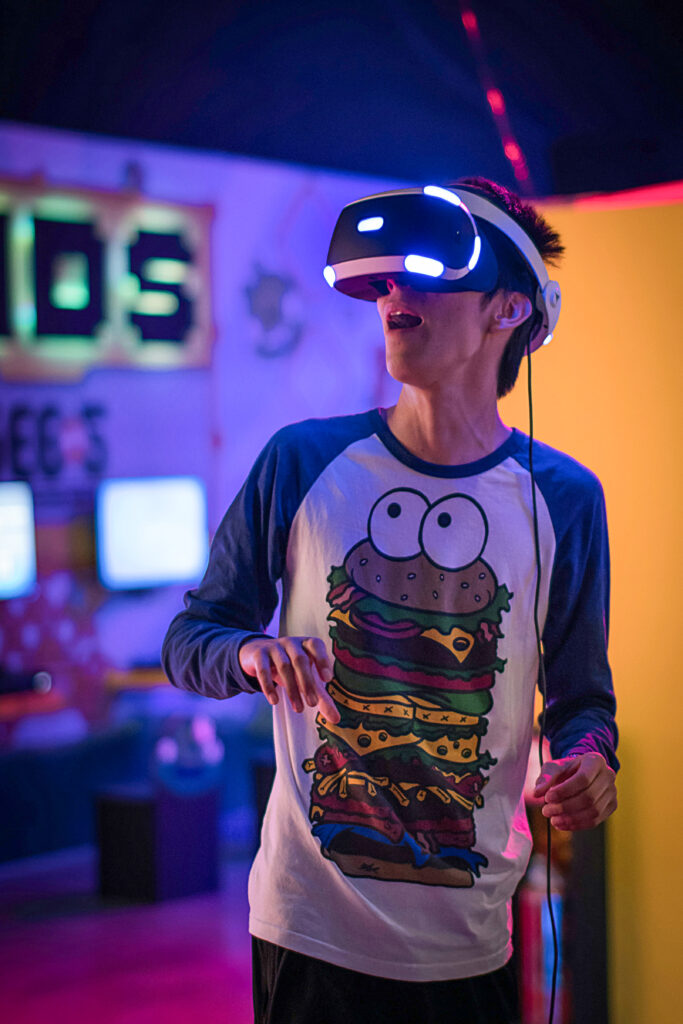
Evaluating learning effectiveness and user engagement
Learning takes many forms, making it essential to measure and evaluate the effectiveness of teaching methods and tools. We use a range of evaluation techniques, including measuring user engagement and motivation, utilising machine interpretation to assess individuals’ moods based on facial expressions in videos, and implementing specialised educational frameworks, such as SCERTS (Social Communication, Emotional Regulation, and Transactional Support), for people on the autism spectrum.
NR’s services in learning technology
We offer a range of services and solutions in learning technology, including:
- Technology consulting.
- Mapping learning needs and prerequisites, developing functional system requirements, and recommending educational tools and strategies.
- Implementing prototypes and producing relevant learning content.
- Evaluating and testing prototypes using appropriate methodologies, and measuring learning experience and impact.
- Conducting follow-up research, documenting findings, and publishing in peer-reviewed channels.
Current projects
Other projects
ALerT – Awareness learning tools for data sharing everywhere (2017-2022) (external link to the Project Bank).
ALeRT investigated why and how people share personal data with companies, and how these data can be used and misused. The project developed a learning game that raises awareness about privacy.
The School of the Future – Inclusive use of eXtended reality (XR) (2021-2023).
The School of the Future mapped opportunities and barriers of extended reality and related technologies such as augmented reality (AR), virtual reality (VR), and mixed reality (MR) for students with varying abilities.
UD-Robots – Universal design of robots (2022).
UD Robots examined how social robots can be designed and evaluated to ensure they meet the principles of universal design.
VisitorEngagement (2017-2018).
VisitorEngagement utilsed sensor and camera technology to measure engagement, user experience, and learning outcomes in museums and science centres. External link to the Project Bank.
PLA – Personal mobile learning arena (2015-2018) (external link to the Project Bank).
The PLA project developed a mobile app that functioned as a personalised and adaptive learning platform with microlearning, aimed at students in schools and adult education who were at risk of dropping out.
To learn more about learning technology, e-learning and easy-to-read information, please contact:
The UN’s Sustainable Development Goals
Our work aligns with several of the UN’s sustainability goals. Goal 4: Quality Education and Goal 10: Reduced Inequalities are particularly central, as we are committed to promoting inclusive and equitable learning opportunities, ensuring equal opportunities for all, and reducing discrimination. Additionally, Goal 17: Partnerships for Goals is relevant, especially the points focused on adaptive technology and ICT.
